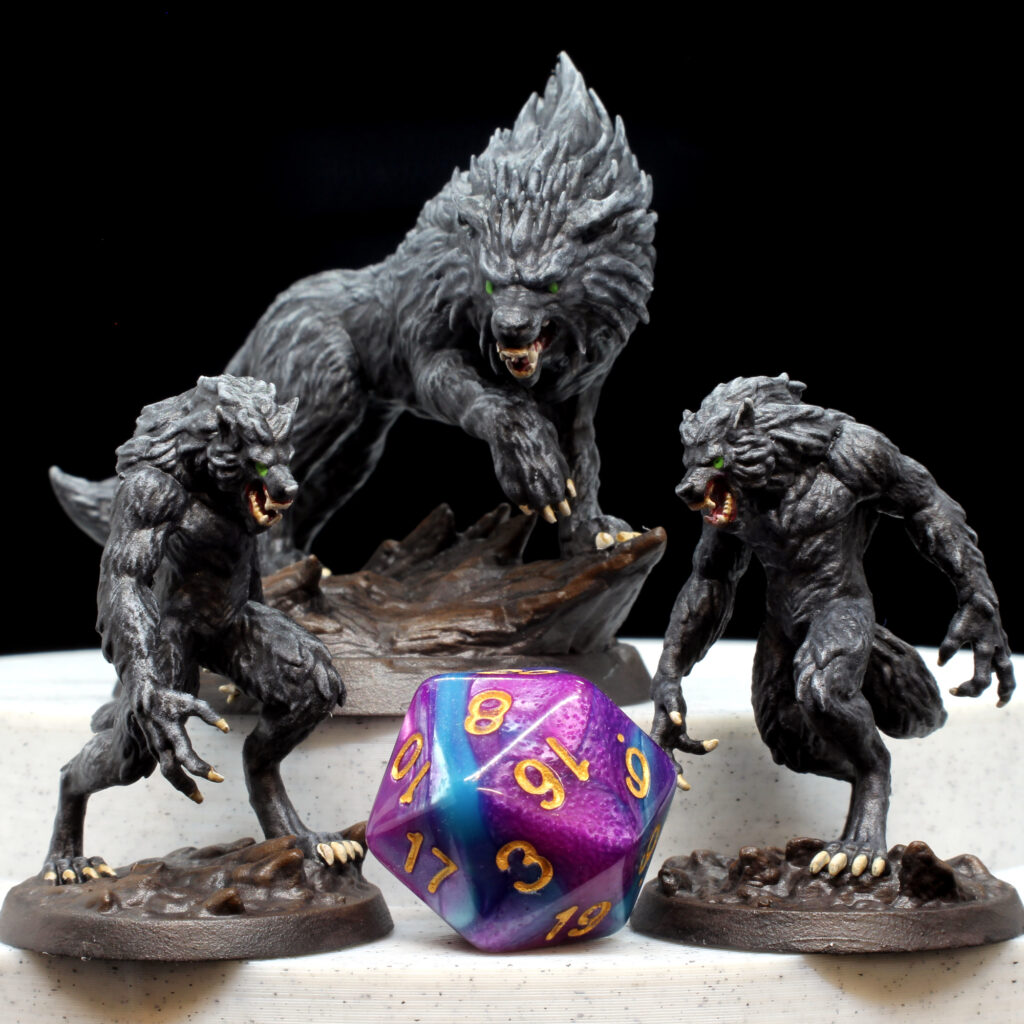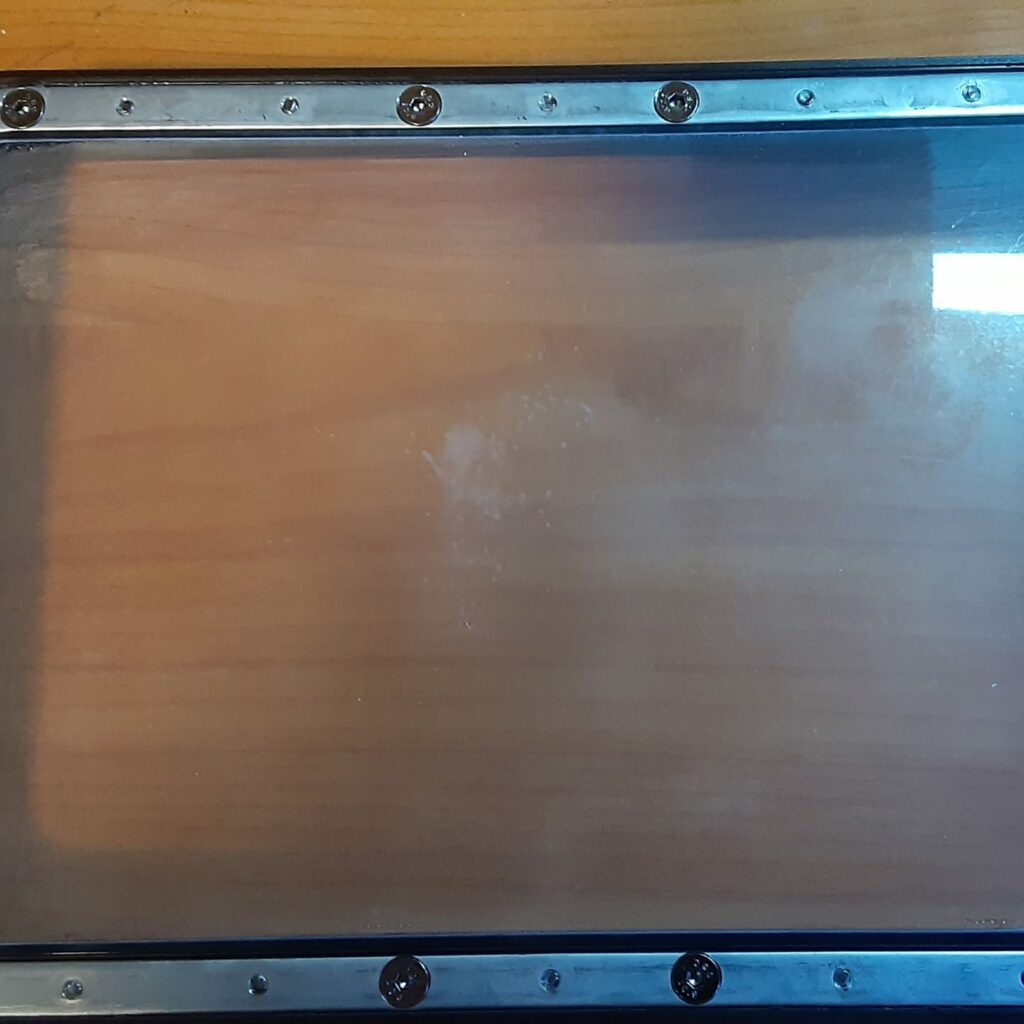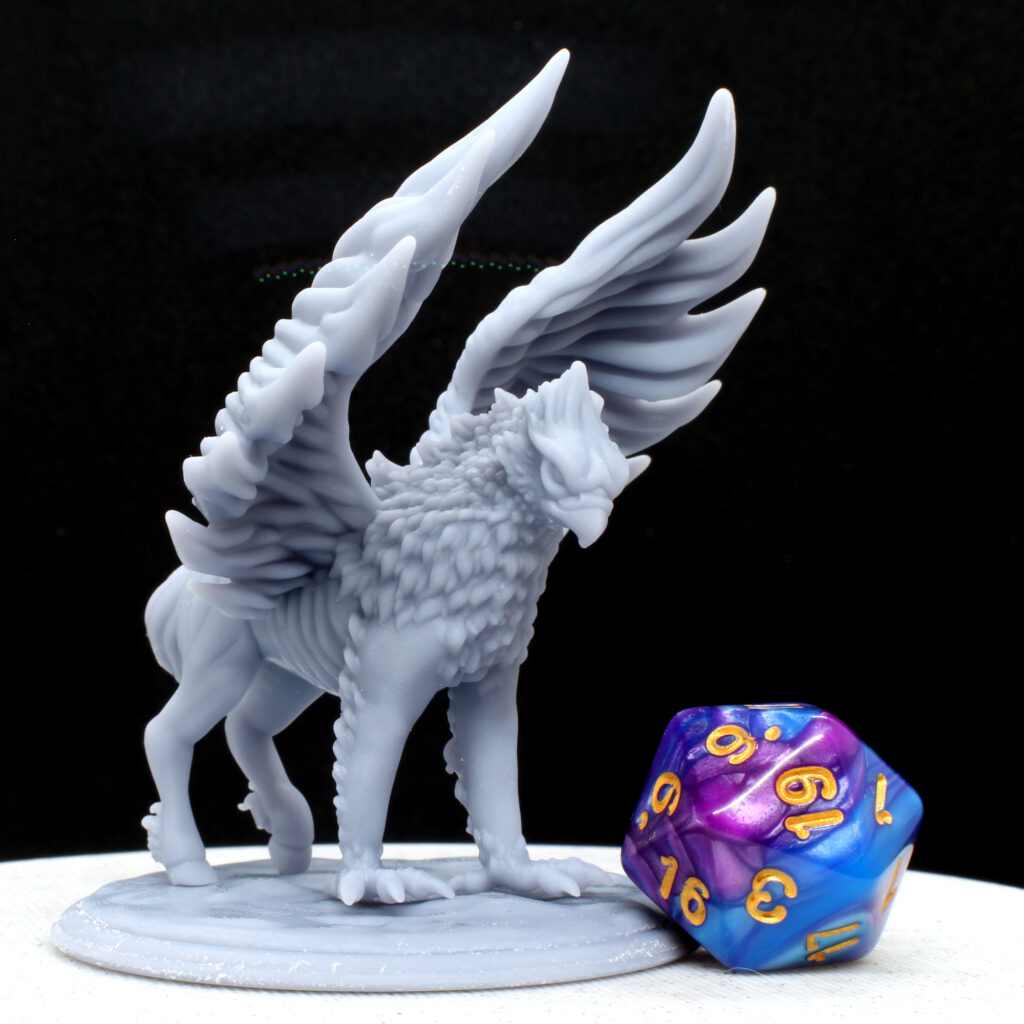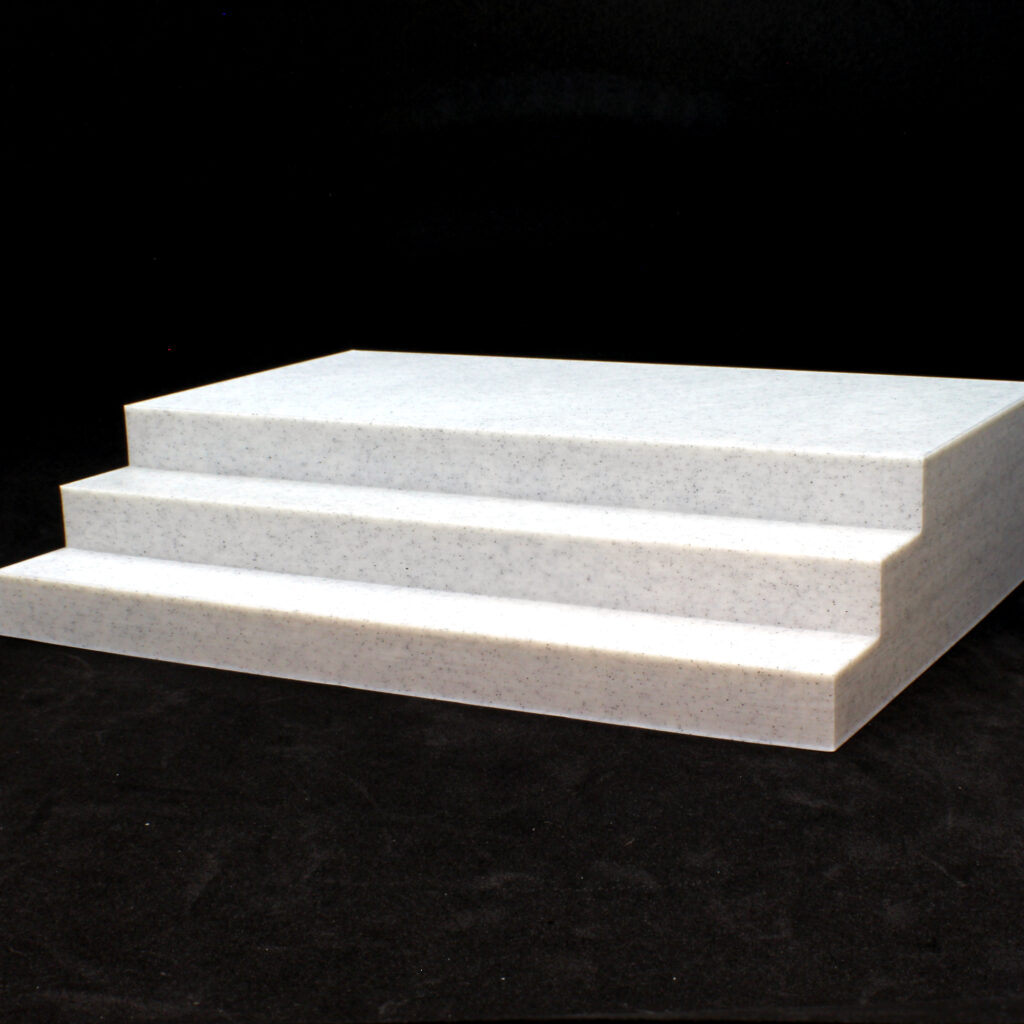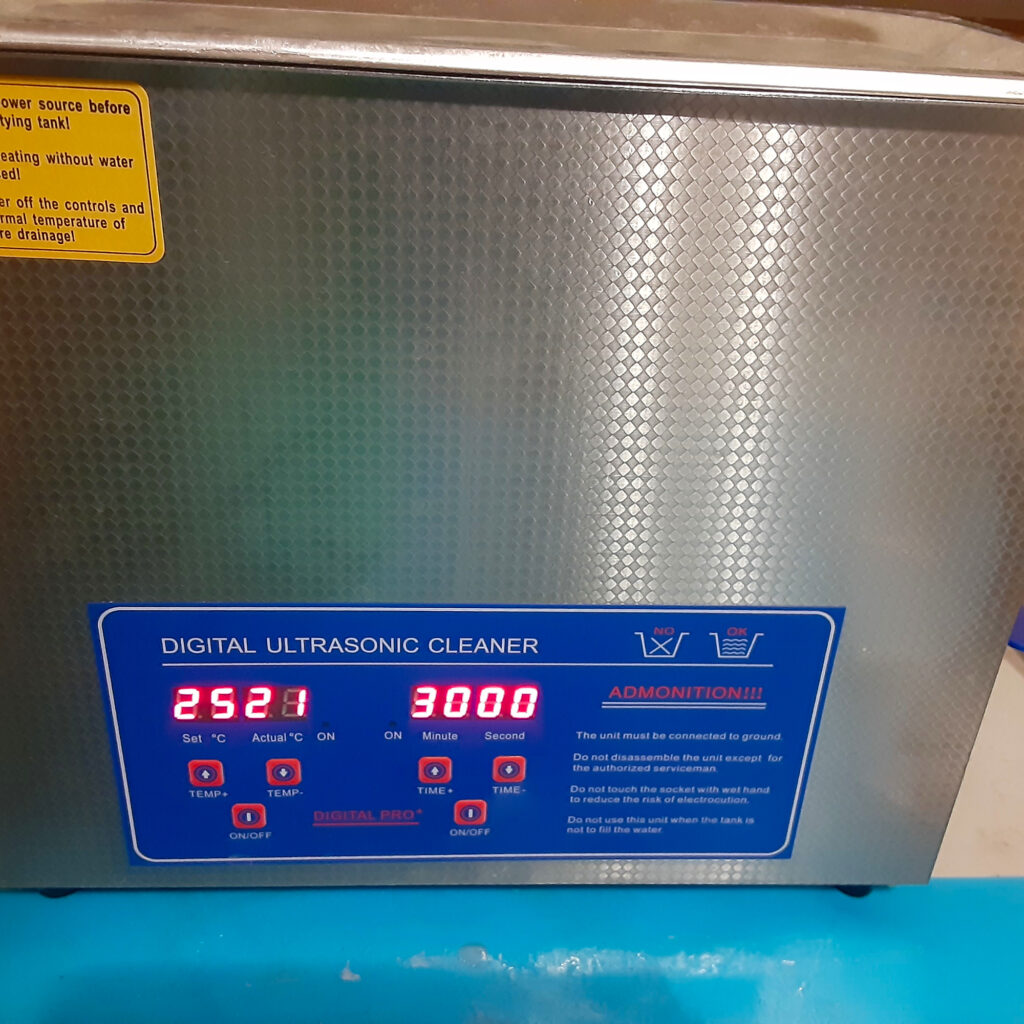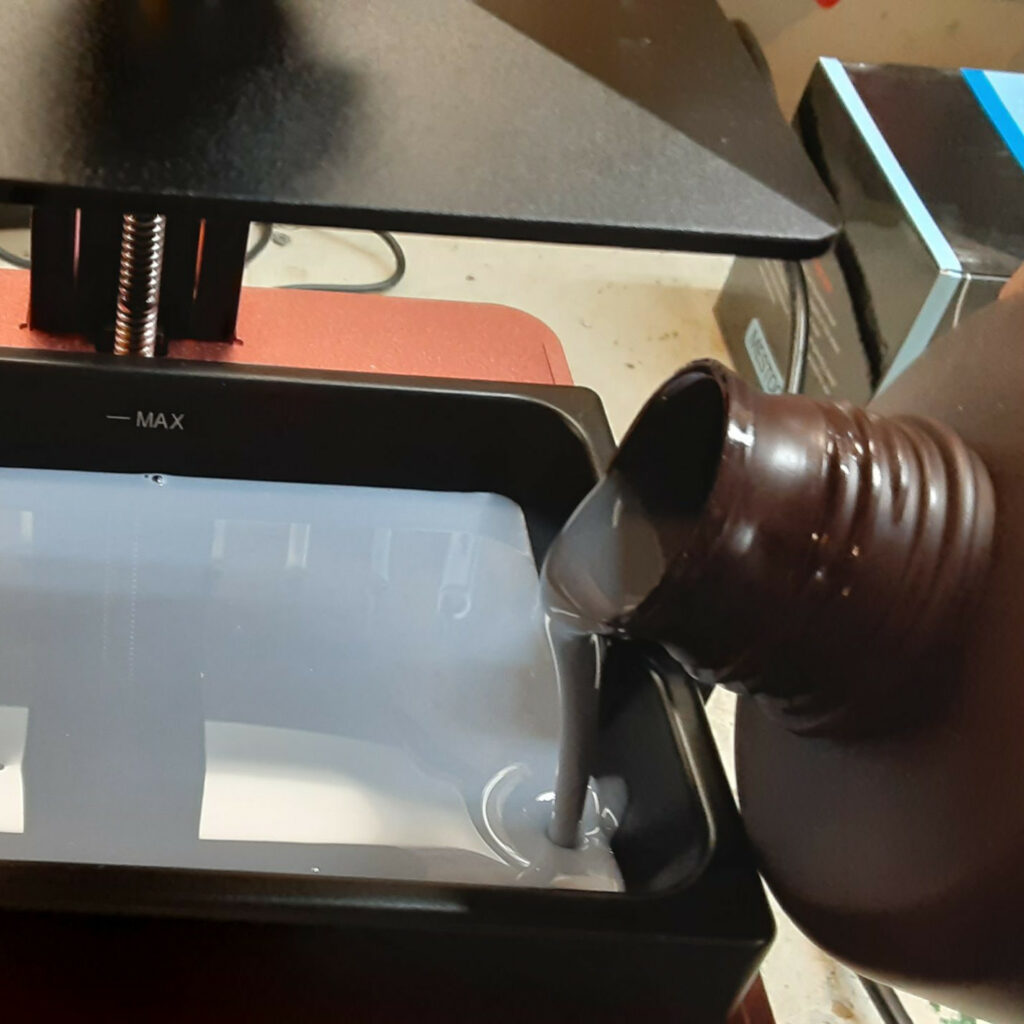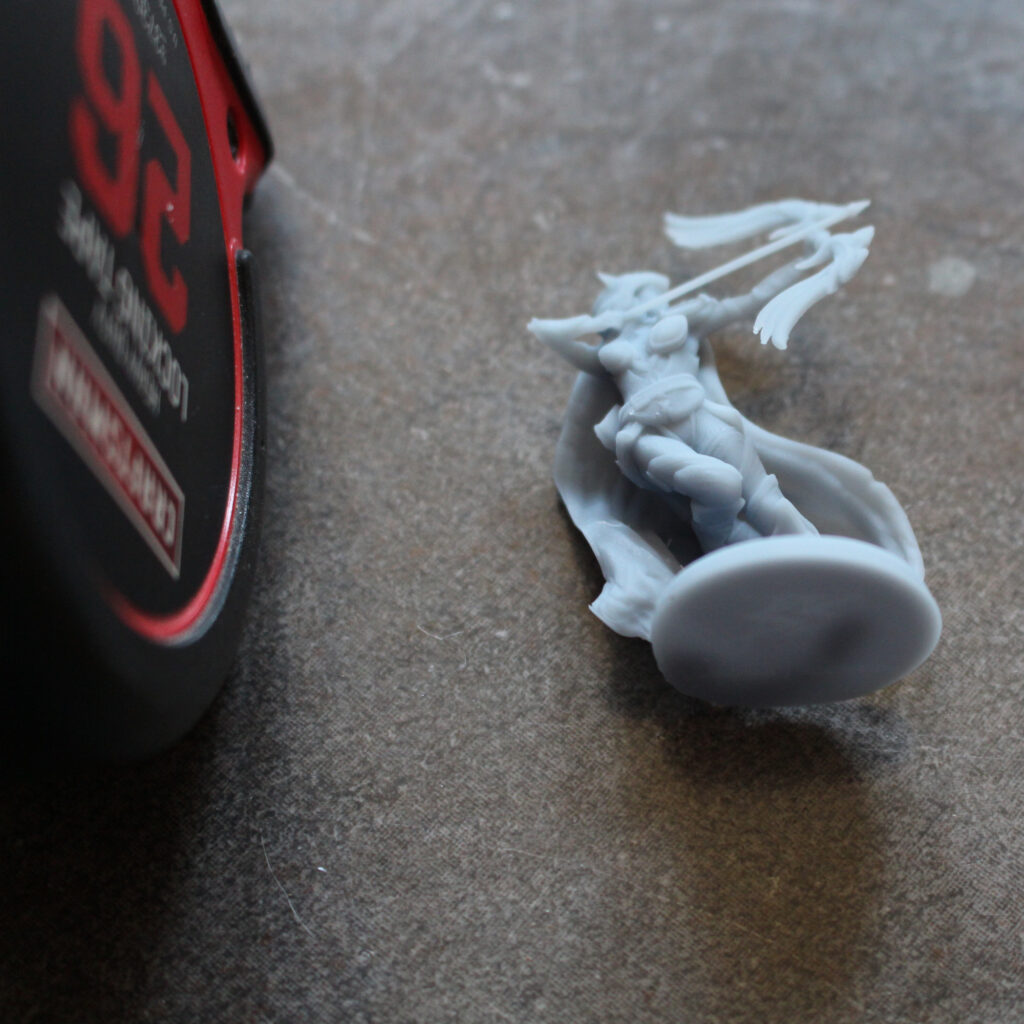Making your own cheese is a rewarding hobby that doesn’t require too much investment to get involved in. Our 3D-Printed Combination Cheese Mold / Press replaces both a Cheese Mold and a bulky Cheese Press with a easy-to-use device that takes up just a small amount of cupboard space and produces excellent home-made cheeses. It’s easy to use, and there are a wide variety of cheeses that can be made at home with some simple, inexpensive ingredients. In this post, I go over how to make a simple cheddar cheese using our custom Cheese Press. Follow along to transform 2 gallons of grocery store milk into a 2 pound cheddar cheese!
Part 1 covers the ingredients and equipment you’ll need to make a cheddar cheese, and goes over how to set your cheese and separate the curds from the whey.
Part 2 goes over how to use our 3D-Printed Combination Cheese Mold / Press to compress your curds into a finished cheese.
Step 9: Pressing the Cheese
It’s time to use your 3D-Printed Combination Cheese Mold / Press! Your press will need to be sterilized, but DON’T USE THE DISHWASHER. Instead, I recommend a sanitizer, like Star San. Next, line the mold part with your 2nd cheese cloth. Whey will be seeping out of the mold as you press the curds down, so plan ahead to contain the mess. We’ve placed our mold into a pie tin with a hole drilled in one side to manage the leaking whey; you can also just put the mold in the sink. Now scoop the curds into the mold. Gently press them down as you go. The curds should fill the mold all the way to the top. Fold the edges of the cheese cloth over the curds, and put the follower on top of that. Settle the bracing bar over the top of that, using the wingnuts to secure it. Make sure not to tighten the wingnuts too tightly; they are there to keep the bar in place, not to put pressure on the curds. That’s the job of the press: screw it downward until it meets the follower and starts compressing the curds.






You want the whey to leak out of the draining holes, but it should come out slowly. Ideally it comes out clear. If the whey is cloudy, you’re using too much pressure and should back the screw up a bit. If no whey is coming out, give the screw a turn or two until it starts encountering resistance and clear whey starts coming out again. Check on the cheese every 15 minutes for the first hour, gradually screwing the press down farther and farther to apply more pressure to the cheese.

After an hour, back off the screw and remove the bracing bar and follower so you can take a look at your cheese. If the curds have knit together enough that they have begun to resemble a single mass, it’s time to flip the cheese. If the curds aren’t knitting, reassemble the press and use more pressure until they do.

Step 10: Flip the Cheese
To flip the cheese, remove the screw, bracing bar, and follower (if you haven’t all ready done so). Place our handy-dandy cheese flipper over the top of the press, lining up the screw holes. Carefully flip the press over. Gently tug on the cheese cloth to encourage the cheese to release from the press. Lift the press off, leaving the cheese in the cheese cloth sitting on the cheese flipper. The cheese is very fragile at this stage, so be slow and gentle with these next steps. Unpeel the cheese cloth from the cheese and use it re-line the mold. Carefully pick the cheese up and place it back in the press (what began as the top of the cheese should now be on the bottom). Re-assemble the press and resume pressing the cheese.


Continue pressing and flipping the cheese for the next 24-36 hours. You should be using quite a lot of pressure at the end, turning the screw as much as you can. The first couple flipping should be an hour or so apart with the interval between flippings increasing to 12 hours at the end. Once the curds are knit cleanly together, without any visible curds lines at all, the cheese is ready to be removed from the mold and dried.


Step 11: Dry the Cheese
The hard part is over! Let cheese sit out at room temperature for a few days until it’s dry to the touch. A sushi mat works great for this, since it allows air to circulate under the cheese and keeps the cheese from sitting in any whey that might seep out. Flip and move the cheese every hour at first, and eventually just once a day, to keep it from sinking into the drying mat. Now that you’re done with your mold, make sure to hand-wash it (DO NOT use the dishwasher!) before storing the different parts in the mold.


Step 12: Age the Cheese
Traditionally, cheese is waxed for aging. It does need some form of protection to keep it from getting too moldy or from drying out too fast. I find a vacuum sealer to be less messy and easier to use. Seal your cheese up however you choose and put in your aging area for 3-9 months. Check on it every few weeks. Vacuum-sealed cheeses will need to air out every so often and be re-sealed. Sometimes a little mold will develop on your cheese; just rub it off with some white vinegar.

Step 13: Eat Your Cheese
Enjoy! You have made your own artisan cheese. Yum!
If you haven’t bought your Combination Cheese Mold / Press yet, you can pick that up here.
Was this article helpful? Become a Patreon or buy me a coffee and I’ll write more!








